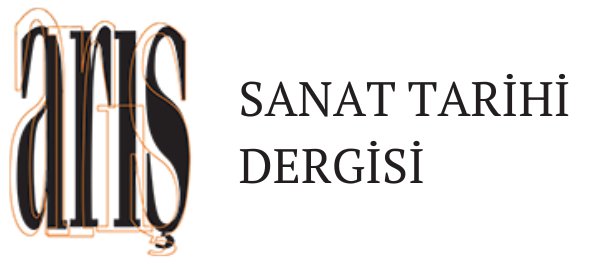Identity and Technical Features in Yörük Women’s Attire of the Keles Region: A Fieldwork - Based Analysis
Necla Yılmaz1 , Zehra Doğan Sözüer2
, Zehra Doğan Sözüer2
1İstanbul Aydın Üniversitesi, ABMYO Moda Tasarımı Bölümü
2İstanbul Teknik Üniversitesi, Tekstil Teknolojileri ve Tasarim Fakültesi
Keywords: Keles Yoruks, Traditional Clothing, Nomads Attire, Traditional Anatolian Attire
Abstract
Traditional Anatolian Turkish garments constitute significant cultural assets that bridge past and present through their profound historical and social heritage. The clothing of Turkmen and Yörük communities, particularly those of the nomadic Oghuz tribes migrating from Central Asia to Anatolia, exhibits shared cultural elements while demonstrating regional variations in form and characteristics. These garments serve not merely aesthetic purposes but also embody ancestral sartorial knowledge, communicating social status, age, societal roles, marital status, and economic conditions through their colors, patterns, and silhouettes.
The sartorial traditions of a community are intrinsically linked to its geographical setting, historical trajectory, and socioeconomic structures. This study investigates the cultural roots and technical attributes of traditional garments worn by Yörük women in Bursa’s Keles district and its mountainous villages, where these sartorial practices have remained virtually unchanged for centuries.
Characterized by vivid chromatic expressions and exquisite handcraftsmanship, these women’s garments warrant systematic documentation and analysis. Beyond preserving intangible cultural heritage, this research seeks to provide a foundation for innovative applications in contemporary fashion design.
As part of the research, officials in the Keles district were interviewed, and surrounding villages were visited under the guidance of the Mayor and representatives from the Public Education Center. The study was conducted across five different locations, including the villages of Belenören, Kıranışıklar, Sorgun, and Kocakovacık, as well as the Public Education Center itself.
A total of 13 traditional garments were examined and documented. Photographs were taken with the consent of the owners, accompanied by detailed descriptions. Each garment was categorized according to its function, and further analysis was conducted on the materials used, stitching techniques, and structural design. Technical sketches of the garments were produced, and all findings were systematically recorded.
